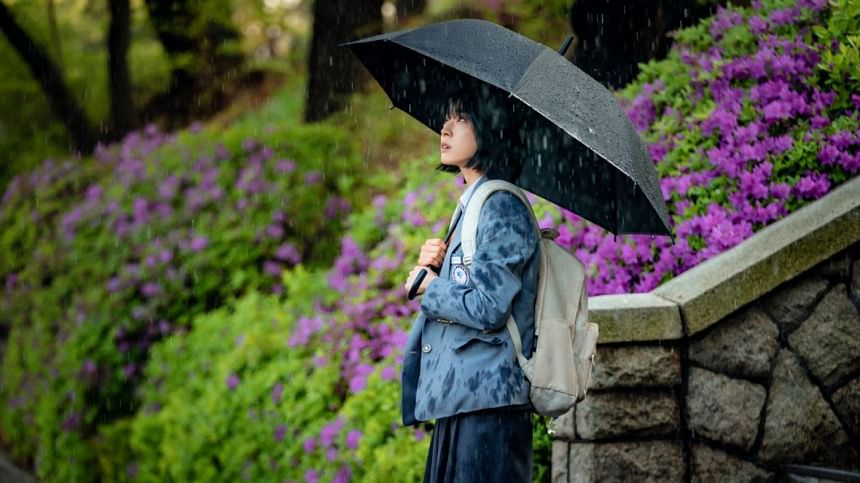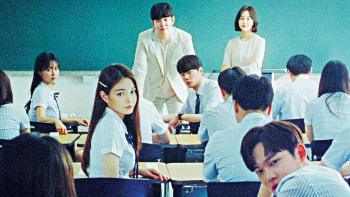The Sound of Magic: a compelling story of magic and madness

Netflix's latest hit Korean drama, Annarasumanara (The Sound of Magic), has been winning the hearts of fans worldwide with its stunning cinematography, intriguing plot, profound messages, catchy musical performances, and stellar cast list. However, beneath the veneer of whimsical fairy-tale-like storytelling lies a darker, hard-hitting truth about child grooming, poverty, bullying, murder, madness, and societal, familial, and academic pressures.
The Sound of Magic is a coming-of-age story following three titular characters based on the Korean webtoon of the same name. The story revolves around Yoon Ah-yi, a young high school girl whose life seems to be a series of unfortunate events, her academic rival and classmate, Na Il-deung, and a mysterious, enigmatic magician who lives in an abandoned amusement park who goes by the name of Lee Eul. The story relates to young adults who are forced to follow a path chosen for them by adults and directly appeals to the childlike innocence and wonder we all felt once upon a time.
Getting abandoned by her parents and being left with their unpaid debt early on, Ah-yi finds no choice but to take on multiple part-time jobs to provide for her younger sister and herself, forgoing her childhood in turn. Facing adults and peers who take advantage of her economic situation, Ah-yi's life becomes more miserable day by day. That's when Lee Eul crosses her path. He asks her, "Do you believe in magic?" promising to show and teach her "real" magic and dreams, helping her regain trust in the world and herself.
One of the central settings in the drama is the abandoned amusement park, a place where childhood innocence and broken dreams come to rest. The amusement park is a source of nostalgic pain for Ah-yi as it reminds her of her mother, who abandoned her when she was a child. For Lee Eul, however, it is a safe space to practice and teach his magic.
The abandoned amusement park mirrors how Ah-yi was forced to grow up and give up on her childhood too early. Just like the park, Ah Yi's inner child has been abandoned for a more realistic option.
The motif of colours and symbols also plays an essential role in bringing the story to life, culminating in the blue butterflies seen throughout the drama. In Korean dramas, butterflies often symbolise a higher power to represent life and death. Blue is considered the colour of hope and growth in Korean culture and coupled with the butterflies that symbolise rebirth, the blue butterflies embody the hope and second chances that magic brings to the characters' lives.
Another colour that is prominent in the story is yellow, symbolising the juxtaposing idea of madness and happiness. Lee Eul and Il-deung's stories are mirrors of each other – one already succumbing to the pressures of society and the other struggling to get free from it.
For Lee Eul, the yellow field of flowers signifies his accession into madness. On the opposite side, for Il-deung, the same field represents a happy escape from the cursed asphalt road of societal and familial pressure he is stuck in.
The drama explores how outsiders can easily misunderstand a world of fantasy. By showing society's prejudice against Lee Eul, the drama shows us how hard it is for young creatives to break out of the societal mould and follow their dreams. One central question evident throughout the story is, "What does it really mean to be an adult?"
As each character goes through their individual journey of self-discovery, we learn shocking truths about their past, which keeps us hooked till the end. The Sound of Magic is a story full of growth and following our passions despite all hardships. With only six hour-long episodes, the realistic and relatable k-drama is compelling enough to binge-watch in one sitting.
Sara Kabir is a dreamer, a Literature major, and a writer. Recommend which K-drama she should watch next @scarletfangirl on Instagram.

 For all latest news, follow The Daily Star's Google News channel.
For all latest news, follow The Daily Star's Google News channel. 









Comments